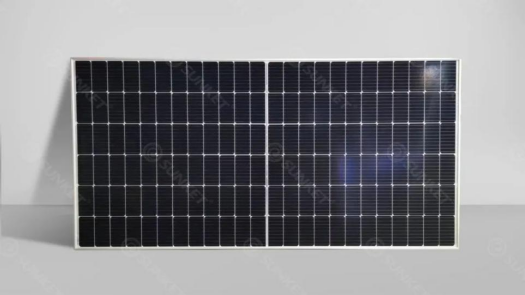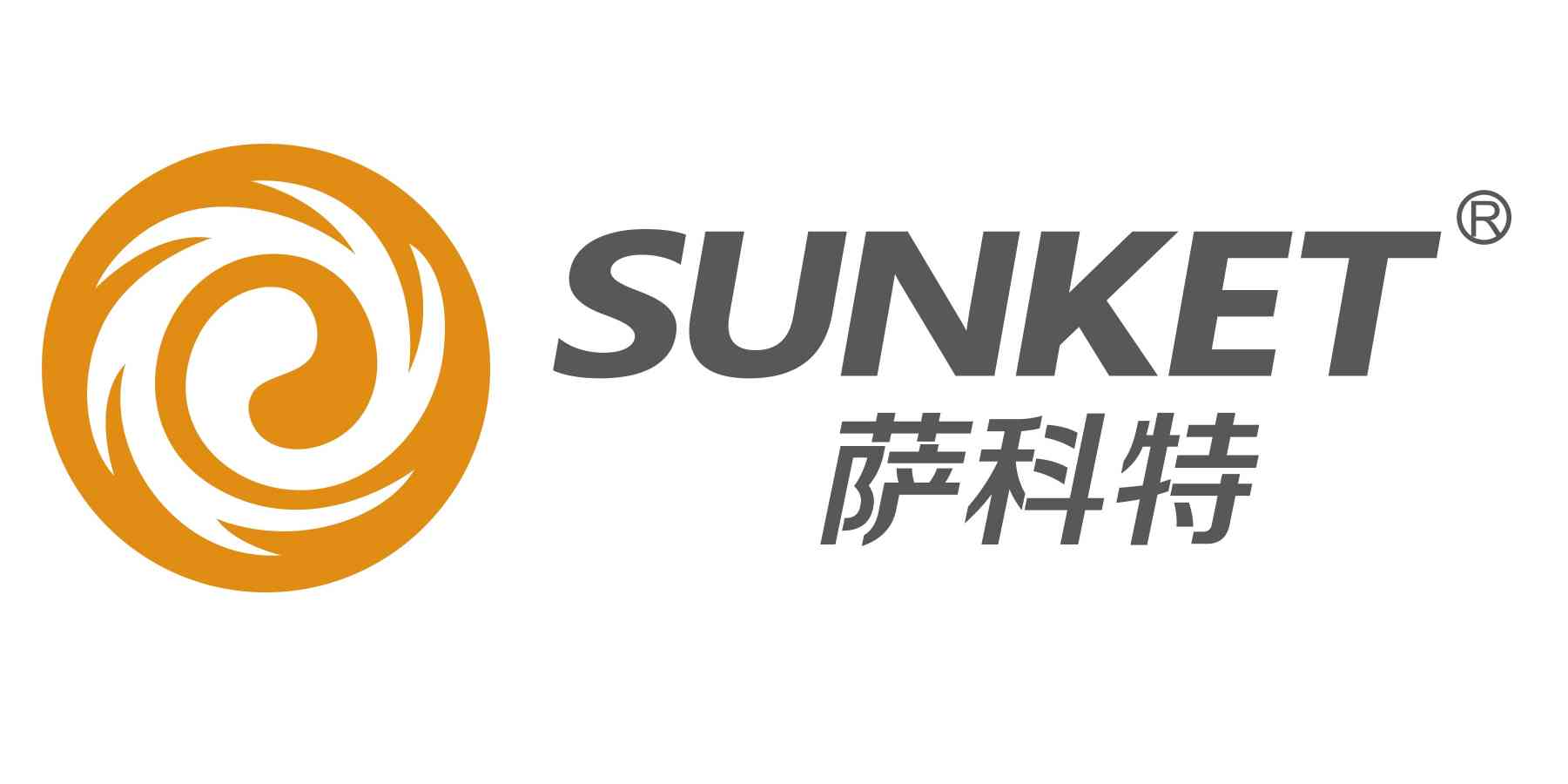As the conversion efficiency of solar cells continues to improve, P-type solar cells are approaching the efficiency limit of 24.5%, and the phenomenon of light decay caused by cells based on P-type silicon wafers has not been completely solved. These factors make it difficult for P-type silicon cells to have further development. "N-type" development ushered in an accelerated period. 2022 is widely regarded by the industry as the first year of "N-type" modules.
Sunket kept up with the development of the times and launched "N-type" new modules. HJT and TOPCon made concerted efforts to contribute their own punching power to the dual carbon goal.

01. N-type modules HJT, TOPCon technology
After the dividend of photovoltaic module power improvement brought by the increase of silicon wafer size, the means of KWH cost reduction returns to the fundamental improvement of module efficiency brought by technology. The N-type module is based on the pursuit of higher conversion efficiency, and it will gradually begin to replace the P-type module, which is exactly where we are now.
P-type cells diffuse boron to form N+/P structure. Although the diffusion process is simple, they face the problem of lower upper limit of conversion efficiency. The N type cell diffuses phosphorus to form P+/N structure, which has the advantages of high few carrier life and no light attenuation. N-type module includes TOPCon, HJT, etc. Now N - type module technology on the market is booming. TOPCon, HJT module limelight is in full swing.
 Share to:
Share to:
